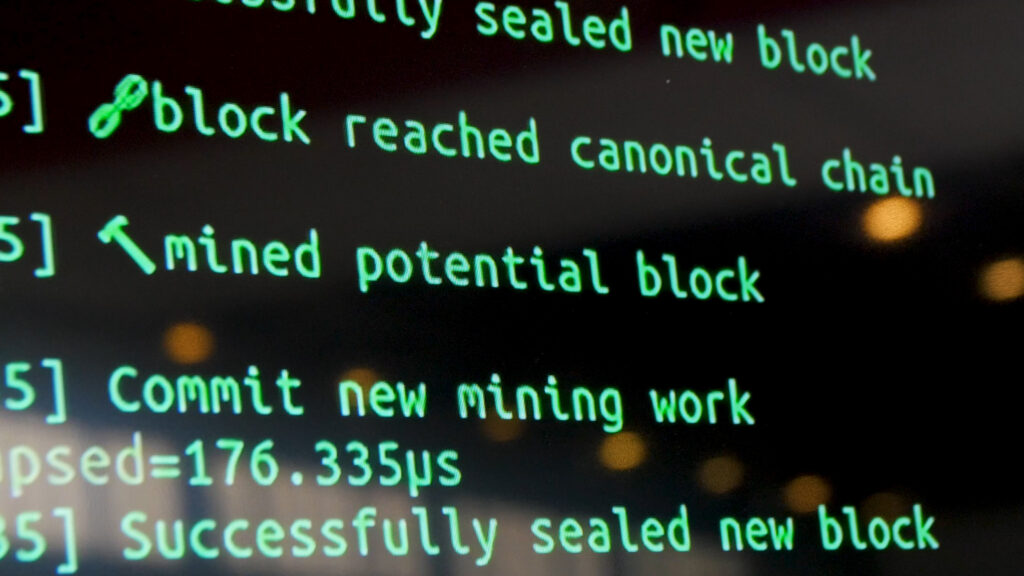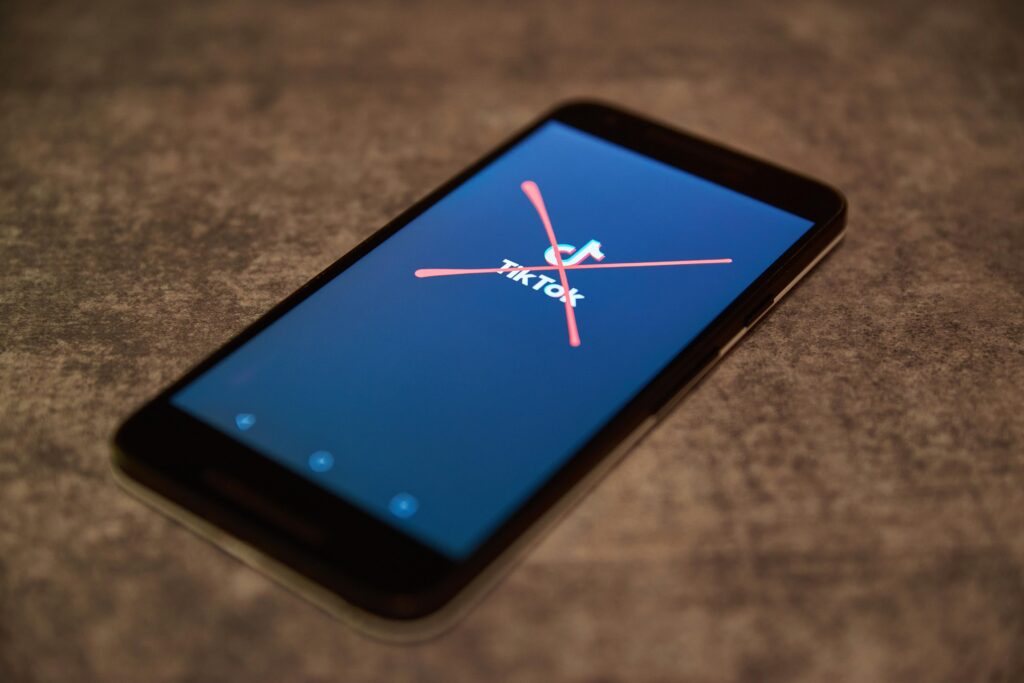NFTs are starting to move into the mainstream, with companies like Pepsi, P&G, and the NFL getting into the game. Their popularity has given birth to vendors who can execute an NFT idea for a brand without anyone from the client or agency having to really understand how the technology works. But this can be risky. Imagine asking a client to invest in a broadcast spot if you had no idea how TVs worked and didn’t know how commercials were made. You’d have to put all of your trust in a third party to do the right thing. To help people in our industry better understand what goes into an NFT drop, we executed one ourselves. This series of articles will walk you through what we learned along the way.
One note before we get started: This is not meant to endorse any specific technology or platform. The goal is to help you get up and running with NFTs quickly, so we only mention the tools we’ve found more useful. If you have time, we encourage you to investigate all the options and find what’s best for you.
If you’re not sure what an NFT is, you’re not alone. In the simplest terms, NFTs allow people to own digital assets—much like an art collector who owns paintings. NFTs can either be sold as single assets or editions in the same way an artist can sell an original painting or create a number of lithographs.
But what’s to prevent someone from taking a screen capture of an NFT and claiming that they own it? This is where blockchain comes in. Blockchain is a database technology that records a ledger, or proof of ownership, across multiple computers. This makes it highly secure and provides proof of ownership.

NFTs can be any kind of digital file—an illustration, animation, video, photo, MP3, etc. The file size should be big enough to look or sound good on your device, but not so huge that it’s going to take a long time to upload (more on this later). If your file is high resolution enough for social, it will work for an NFT. While some people sell a single NFT, it’s more common to sell them in collections of at least six. These can be versions of the original. For example, one illustration with different background colors.
There are services that let you buy NFTs using dollars. But to sell them, you need to deal in cryptocurrency. Most people have heard of bitcoin. But that’s just one of many cryptocurrencies out there. NFTs are traded with a currency called Ether (ETH) which runs on the Ethereum blockchain. To work with any cryptocurrency, you’ll need a crypto wallet. This is an app that allows you to store and retrieve your digital assets, including currency and NFTs, and convert them back and forth to dollars. There are many wallets available. The one you choose depends on what you plan on doing with cryptocurrency.
For the purpose of this article, we were only interested in buying and selling NFTs, so we chose MetaMask. It’s a simple, free-to-use, crypto wallet, which primarily supports ETH. If you’re interested in also using currencies like bitcoin, dogecoin, or whatever comes next, you’ll want a wallet like Coinbase that works with a broader range of blockchains.
Setting up MetaMask starts with installing the app (either on your mobile device or as a browser extension), setting up a password, and receiving your 12-word recovery phrase. It’s important to make a physical copy of this phrase because it’s the only way to unlock your wallet and to confirm certain transactions. If you lose it and your NFTs end up being worth millions of dollars and you want to sell them, you’ll be out of luck.
The next thing you’ll need is a marketplace to list and sell your NFTs. This stage is called “minting,” which means taking your digital file and adding it to the blockchain so that it’s a unique asset people can own. There are a lot of marketplaces out there. Some focus in a particular area, like video game content or fine art. Some are open marketplaces where anyone can mint their NFTs, while others are curated and have an approval process. Prices vary greatly. Some marketplaces charge a minting fee, a listing fee, and a commission. These fees can really add up. We chose OpenSea for this article. It’s one of the most popular places to shop for NFTs. Anyone can mint there, and they only charge a 2.5% commission once the NFT sells.
No matter what marketplace you choose, you’ll also have to pay “gas fees.” These are paid to maintain the Ethereum network and to compensate the people using time and energy to process the transactions. These fees occur every time you list, buy, sell, trade, or gift an NFT. The amount varies by how busy the network is at the time you’re transacting. For that reason, it’s best to avoid minting at the same time there’s a big NFT drop scheduled. Also, it’s better to mint late at night or on the weekends, when the network is less busy. This is also the reason you want to keep your file sizes from getting too huge. We’ve heard stories of gas feeds being as high as $900 per NFT collection, but it seems around $200 is more likely.
The way to get out of paying gas fees upfront and potentially spending a lot of money (which can be useful if you’re new to NFTs and just experimenting with how they work) is to use the Polygon blockchain. This is a secondary solution that works with Ethereum that lets you mint without gas fees. The only catch is that people who want to buy your NFTs need to go through the extra step of connecting their crypto wallet to Polygon. Not hard for someone familiar with crypto but a little daunting for people just getting into it. Note: There will be gas fees when moving ETH to and from Polygon. But by then, you would have already sold an NFT, so the money isn’t coming out of your pocket.
When you set up your marketplace account, you’ll be prompted to link your crypto wallet. The process is simple and straightforward with OpenSea and MetaMask. Next, you’ll set up your marketplace profile, with your info, logo, and cover image—similar to setting up a social media profile.
Once you’ve done all this, the actual process of minting your NFT is straightforward. We could walk you through step-by-step, but every marketplace usually has a good video that tells you what you need to do. It’s pretty much like uploading a YouTube video. The process isn’t hard, but there are a number of decisions you need to make that can dramatically affect how well your content does. These include:
How many of each NFT do you want to mint?
Are you selling at a fixed price or as an auction?
What is the lowest price you’ll accept?
Do you want to mint on Ethereum or Polygon?
But before you answer, you should think about how you plan to market your NFT—which will be the subject of Part 2 of this article.
— Daniel Quentin Zuber







